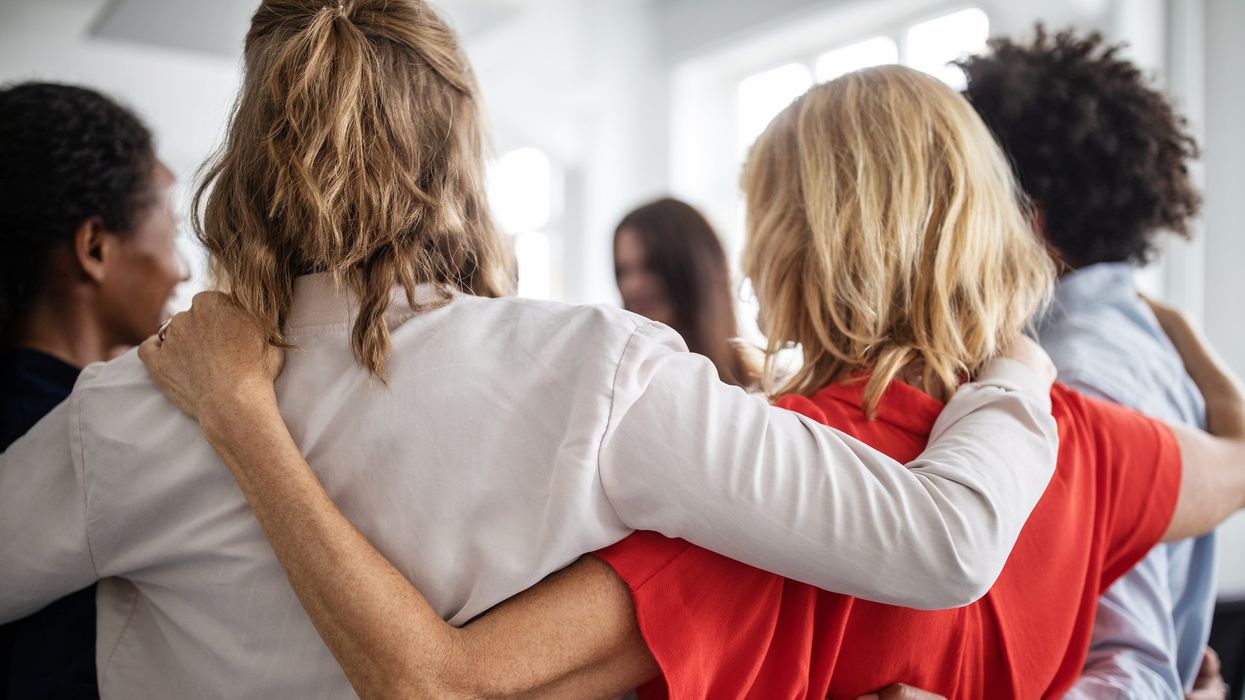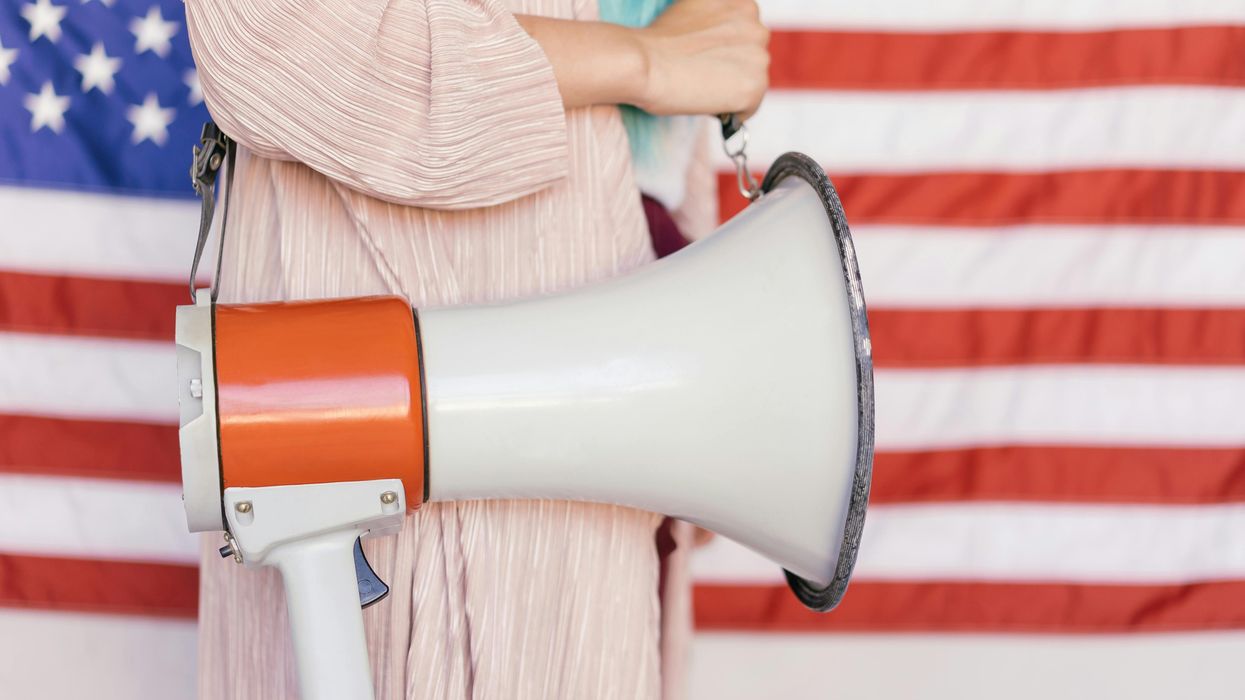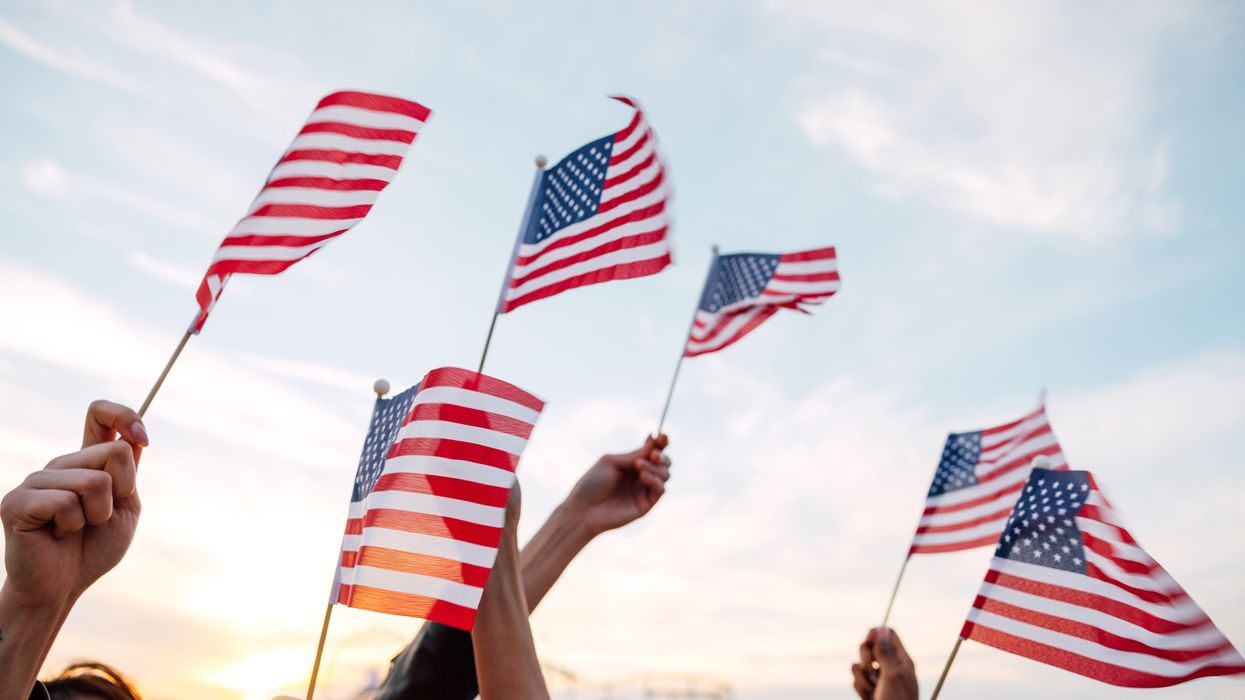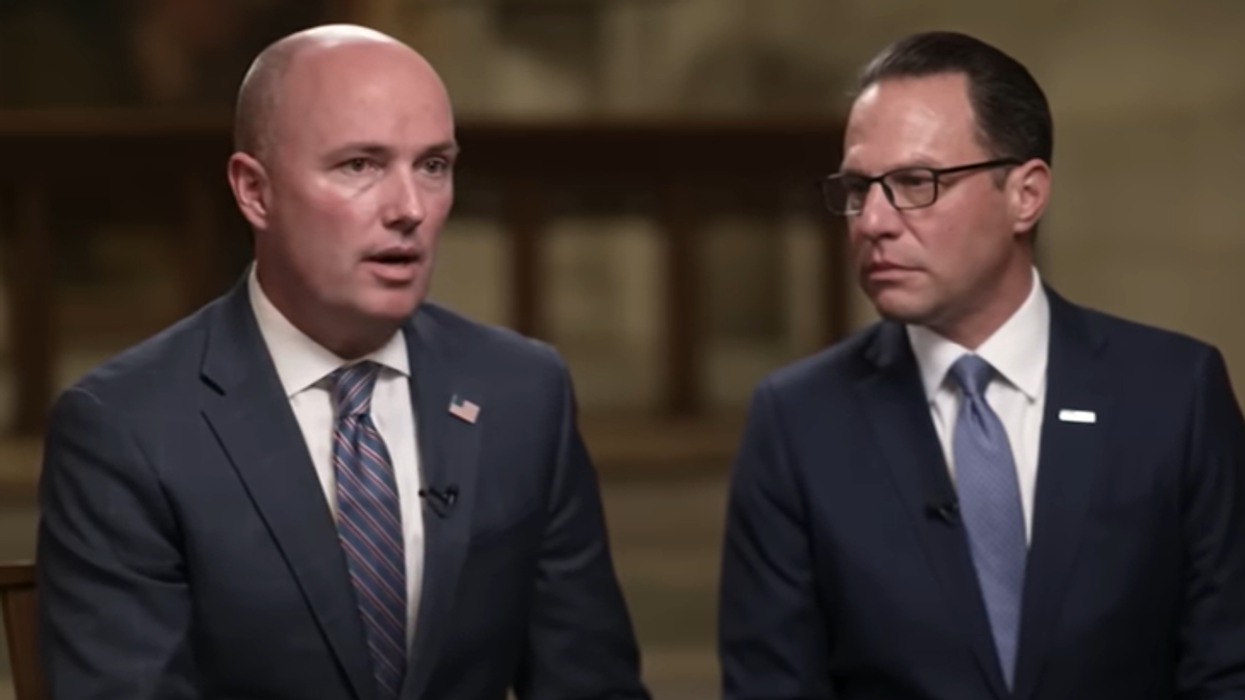An earthquake is changing the course of international relations, from humanitarian and development assistance to military alliances and conflict mitigation to the defense of democracy, human rights, and the framework of international legal norms. Seismic shifts in U.S. policy, coupled with the dismantling of assistance institutions and networks, are trapping food delivery to children on the verge of starvation, degrading women’s healthcare, creating opportunities for the spread of disease, and encouraging autocrats to seize more power at the expense of citizens.
Audacious actions and pronouncements are subverting strategic alliances and weakening intergovernmental organizations from NATO to the UN, the OSCE, and beyond. At the same time, they demonstrate a disdain for treaties and broader international law concerning Ukraine, Gaza, and Panama, to name just three examples.
The renewed bloody campaign in the Democratic Republic of Congo by M23 rebels with Rwanda’s support, the astounding antidemocratic power grab recently by the regime in Nicaragua, and the heightening crackdown in Tbilisi against those defending Georgia’s democracy are among the developments taking place in the context of the U.S. policy mutations.
It doesn't take much to connect the dots and see an invitation for bad actors to feel free to violate norms. Indeed, they are feeling emboldened these days and may remain so for a time to come.
The earthquake is uprooting numerous domestic sectors in the U.S., while political conditions in Europe and elsewhere are also quivering. The accompanying confusion and uncertainty are causing both consternation and isolation in the U.S. and abroad as those concerned with defending and advancing “the common good” seek new footing. This is certainly true in the arenas of defending democracy and trustworthy elections, where I’ve spent over 30 years helping activists to build national organizations and international networks as well as advancing norms for international and citizen election observation.
Those effects seem natural when confronting the early “shock and awe” phases of major disturbances when tremors come from multiple directions. The landscape is changing rapidly, and many immediate urgent issues must be addressed. There is no quick or easy remedy, but it can be valuable to recall the basics of building movements and norms from decades ago when efforts were nascent and support infrastructure was sparse. Plus, it is crucial to note that social capital of groups and networks, including lessons learned and know-how developed, provides critical assets for efforts today and in the future.
At this moment, expressing, receiving, and maintaining solidarity is vital. When a strong shock hits, anyone can be thrown off balance, be in need of getting their bearings, and feel somewhat isolated. Hearing from, reaching out to, and otherwise connecting with others who share a common view and commitment can help anyone to reconnect, gain footing, and begin to recover from the impact.
Solidarity can be expressed with a megaphone through various media, through the virtual convening of networks large and small, and personal contacts of many sorts. It is more than sharing thoughts about the harm being done and builds consensus about lessons to apply and actions to defend ground and identify paths forward.
Solidarity bolsters networks that can share experiences, means of building support, and considerations for strategic planning. That is crucial as the demand for resources spikes because the quake is hitting in numerous ways even as U.S. government funding and moral support withers. Cooperation and complementary efforts will be key rather than fierce competition for scarce resources.
Solidarity is not just something to build among like-minded organizations and activists - it also requires public outreach to provide reassurance and build support. Messaging, like calls to action, needs to be strategically focused, providing means to achieve realistic goals while addressing broader needs.
This highlights the need for careful strategic planning while not offering a strategic plan. Depending on issue focus and country contexts plans will differ, but it is certain that no one or organization can go it alone through the period we are now in or as we create the course ahead.
A successful movement to defend democracy in any country will require mutual endeavors to spawn creativity and engender courage. Each person and organization faces an urgent task in deciding how to reach out and how to contribute.
Pat Merloe provides strategic advice to groups focused on democracy and trustworthy elections in the U.S. and internationally.


















